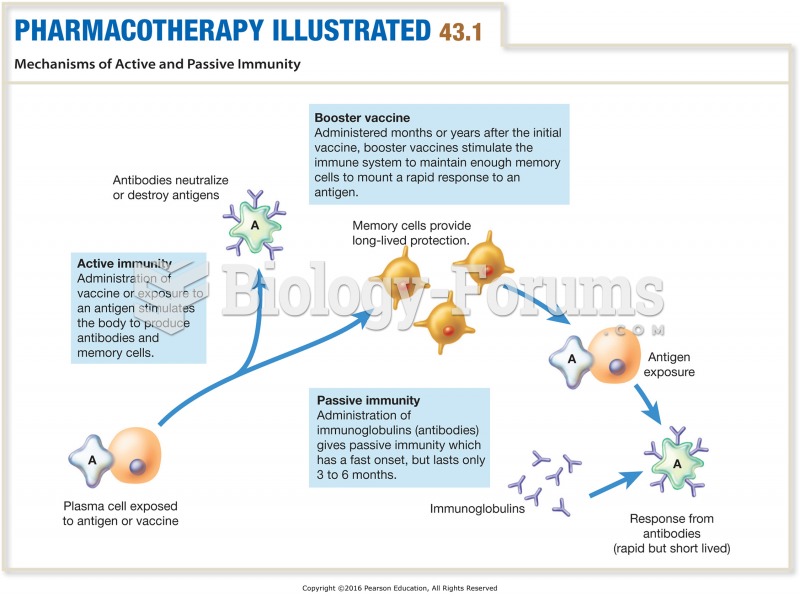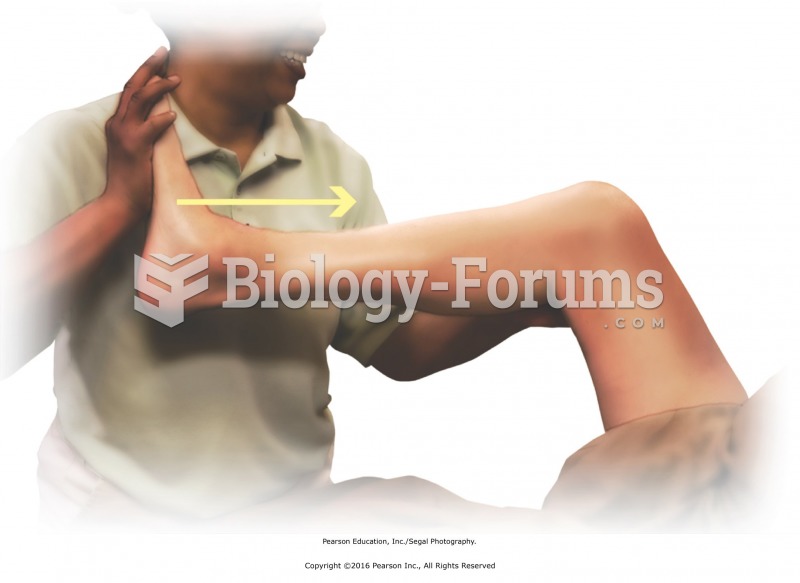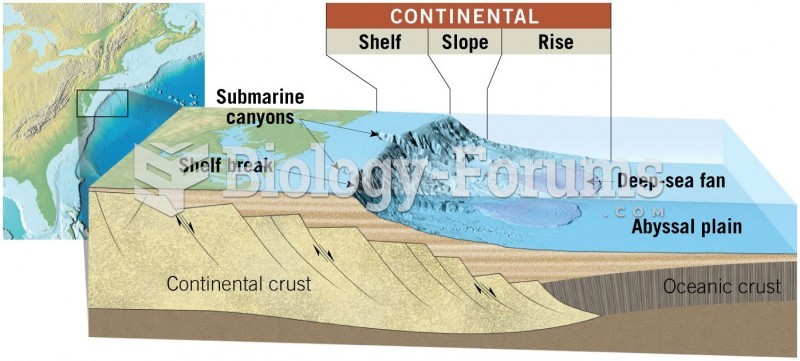|
|
|
About 3.2 billion people, nearly half the world population, are at risk for malaria. In 2015, there are about 214 million malaria cases and an estimated 438,000 malaria deaths.
Women are 50% to 75% more likely than men to experience an adverse drug reaction.
The Romans did not use numerals to indicate fractions but instead used words to indicate parts of a whole.
According to the National Institute of Environmental Health Sciences, lung disease is the third leading killer in the United States, responsible for one in seven deaths. It is the leading cause of death among infants under the age of one year.
People with alcoholism are at a much greater risk of malnutrition than are other people and usually exhibit low levels of most vitamins (especially folic acid). This is because alcohol often takes the place of 50% of their daily intake of calories, with little nutritional value contained in it.
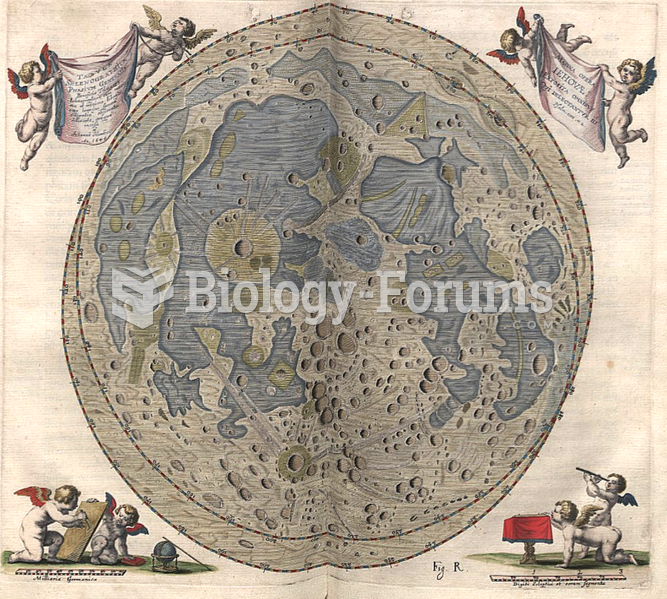 Map of the Moon by Johannes Hevelius from his Selenographia (1647), the first map to include the lib
Map of the Moon by Johannes Hevelius from his Selenographia (1647), the first map to include the lib
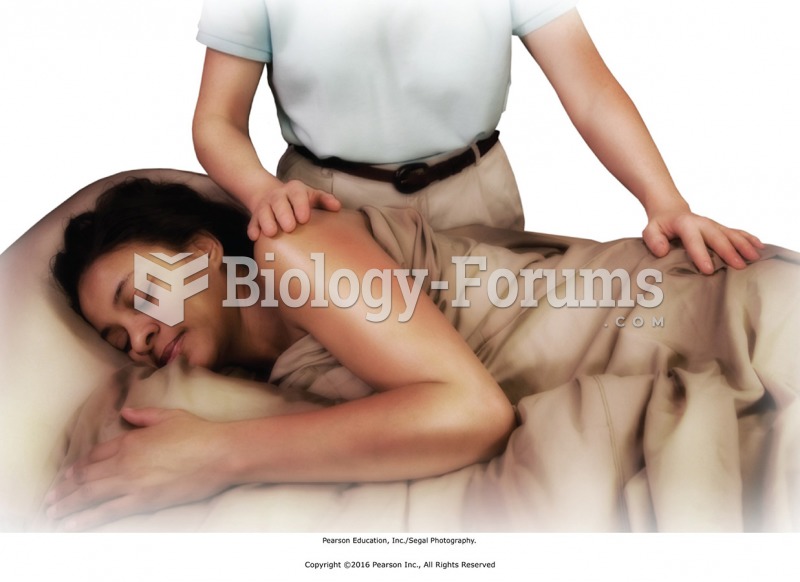 Apply passive touch on the shoulder and hip. Stand in back and place one hand on the shoulder and ...
Apply passive touch on the shoulder and hip. Stand in back and place one hand on the shoulder and ...



